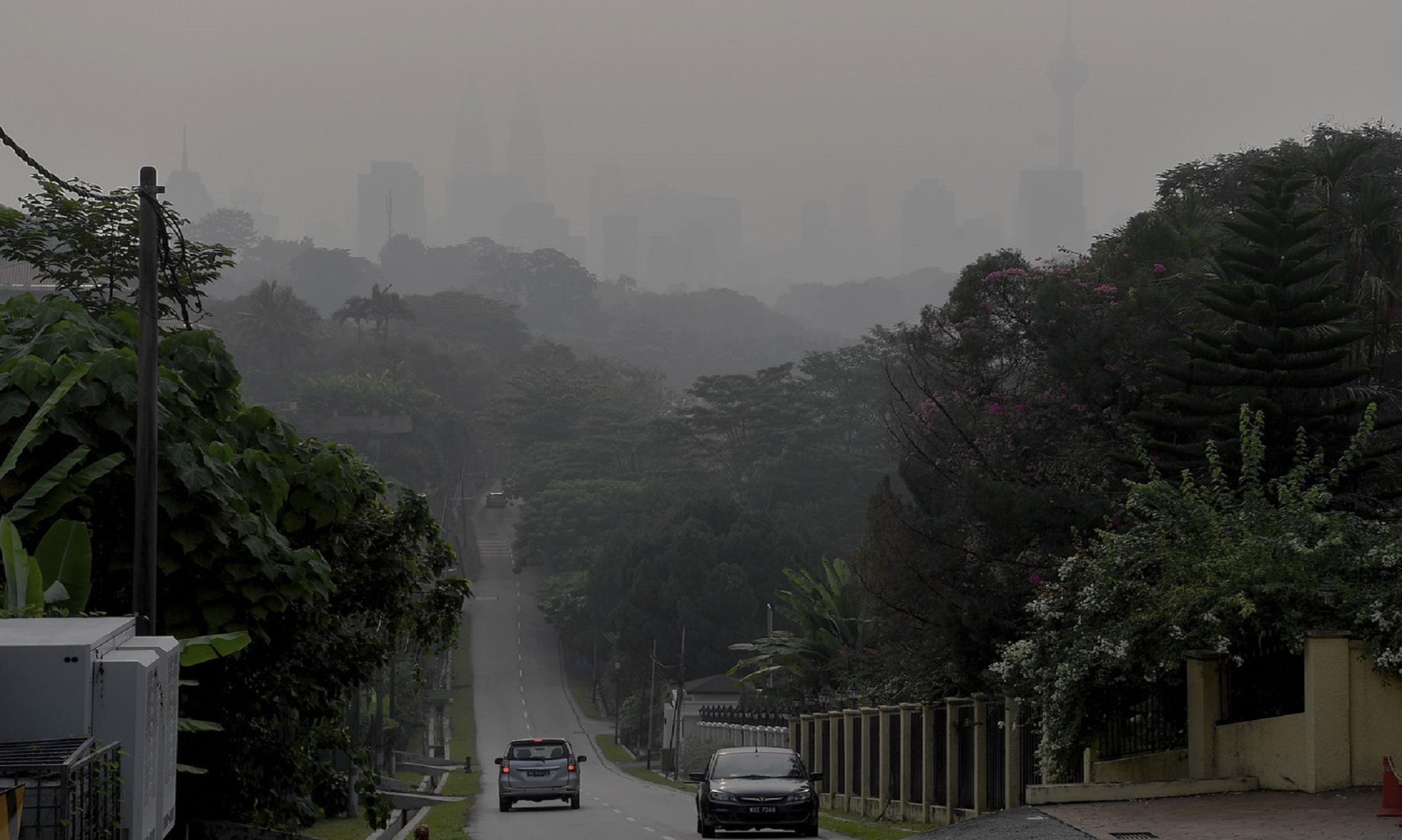
SINGAPORE, Jan 3 (NNN-AGENCIES) —Increased haze levels in Singapore are “significantly associated” with a higher risk of dying, a study by researchers from several healthcare institutions has found.
The study, published in the academic journal Atmosphere, looked at the relationship between the number of deaths and the daily average Pollutant Standards Index (PSI) in Singapore between 2010 and 2015.
The team of researchers found that there was a higher risk of mortality when the PSI was in the moderate and unhealthy ranges — although they stressed that they had not identified a causal link between haze and higher death rates.
“Increment in PSI was significantly associated with an increased risk of mortality,” the study stated.
The PSI is one of the main measures of air quality used by the authorities in the city-state. Air quality is considered good when the PSI reading is between 0 and 50.
A PSI reading of between 51 and 100 shows that air quality is moderate, while anything between 101 and 200 is classified as unhealthy. Readings from 201 to 300 indicate very unhealthy air quality.
PSI readings in Singapore crossed into the lower levels of the unhealthy range on several days in September, 2019.
The researchers stated that the association between air pollution and mortality found in the study could possibly be attributed to increased respiratory tract infections, allergic reactions, and impact on cancer and heart disease patients.
The lead authors of the study, published on Dec 20, 2019, were Dr Andrew Ho Fu Wah, a resident at Singhealth’s emergency medicine programme; Prof Marcus Ong from Duke-NUS Medical School; and Zheng Huili, a biostatistician from the Health Promotion Board.
Some nine other healthcare practitioners and academics were also part of the research team, hailing from various organisations, including the Singapore University of Technology and Design, Singapore General Hospital, National University Health System and Tan Tock Seng Hospital.
The study found that the risk of dying increases in the short term after exposure to haze at moderate and unhealthy levels.
However, the study did not observe this adverse effect on mortality rates lasting more than seven days after exposure to haze pollutants at those levels.
The researchers stated that this is possibly the first study linking the Southeast Asian haze to mortality in Singapore.
Previous studies in Singapore suggest that during periods of haze, there is an increase in patients going to hospitals for haze-related conditions and also an increase in hospital admissions.
Other studies have also shown an association between haze levels and stroke, as well as heart attacks.
“Our findings of a significant association between air pollution and mortality mostly corroborated the findings of other studies which used different measures of air quality and research designs, conducted in Australia, Europe and Asia,” the report stated.
While the study has demonstrated an association between PSI and rates of mortality, the researchers said that it does not prove the causes that gave rise to the relationship. — NNN-AGENCIES





